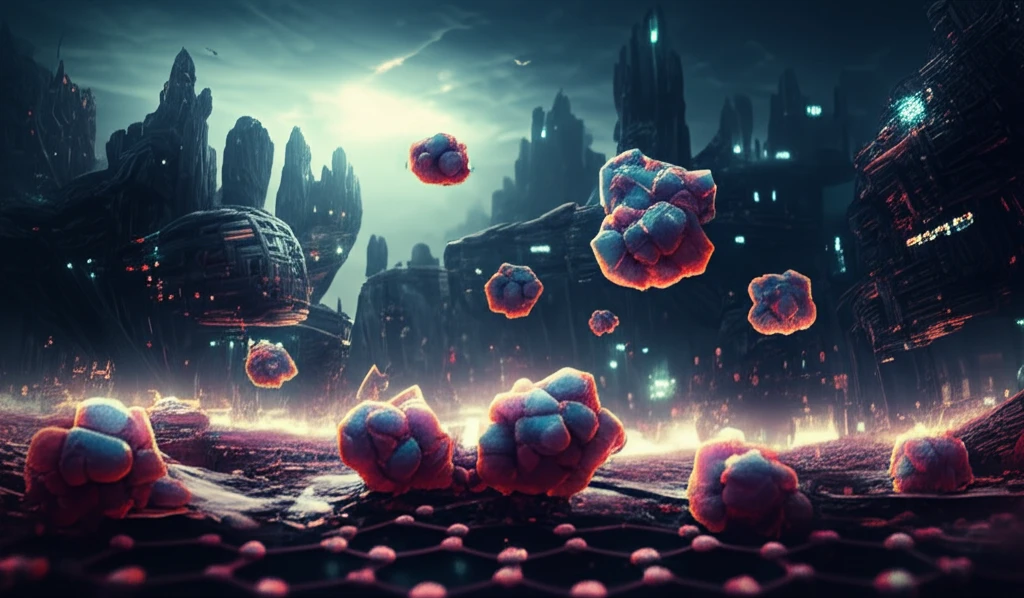
Power Up: How This New Nanocomposite Could Revolutionize Batteries
"Scientists create a scalable method for producing SnS2/S-doped graphene composites, paving the way for better lithium and sodium-ion batteries."
In our ever-increasingly mobile and tech-dependent world, the quest for better, more efficient batteries is a constant pursuit. Rechargeable lithium-ion batteries (LIBs) and sodium-ion batteries (SIBs) are the workhorses powering everything from our smartphones to electric vehicles. However, the limitations of current battery technology—cycling stability and production scalability—are holding us back from fully realizing the potential of these energy sources.
Imagine a world where your phone could last for days on a single charge, or electric cars could travel farther on a single charge. This vision motivates researchers to constantly seek innovative materials and methods to enhance battery performance. The challenge lies in finding materials that not only offer high energy density but can also be produced on a large scale and withstand numerous charge-discharge cycles.
Now, a promising development has emerged from the lab: a novel nanocomposite material poised to make significant strides in battery technology. This new approach focuses on combining tin disulfide (SnS2) with sulfur-doped reduced graphene oxide (S-rGO) using a scalable and cost-effective method. Let's dive into how this innovation could reshape the future of energy storage.
The Science Behind the Scalable Synthesis

The key to this breakthrough lies in the innovative method used to create the SnS2/S-rGO composite. Researchers developed a simple, reliable dissolution-regeneration strategy under ambient conditions. This method allows for the mass production of the composite, addressing a critical limitation of many advanced battery materials. Unlike complex synthesis processes that are difficult to scale up, this approach is designed for practical application.
- Dissolution: Commercial SnS2 powder is dissolved in a sodium sulfide (Na2S) solution.
- Mixing: The resulting solution is mixed with a graphene oxide (GO) suspension.
- Reprecipitation: The SnS2 nanocrystals are reprecipitated onto the GO sheets by adding sulfuric acid (H2SO4) and sodium sulfite (Na2SO3).
- Annealing: The composite is then heat-treated under argon atmosphere to obtain the final SnS2/S-rGO product.
The Future is Charged
The development of this scalable method for producing SnS2/S-rGO composites represents a significant step forward in battery technology. With its high capacity, excellent cycling stability, and potential for mass production, this innovation could pave the way for more efficient and longer-lasting lithium and sodium-ion batteries. As we continue to rely on portable electronics and electric vehicles, advancements like these are crucial for powering a more sustainable future.
